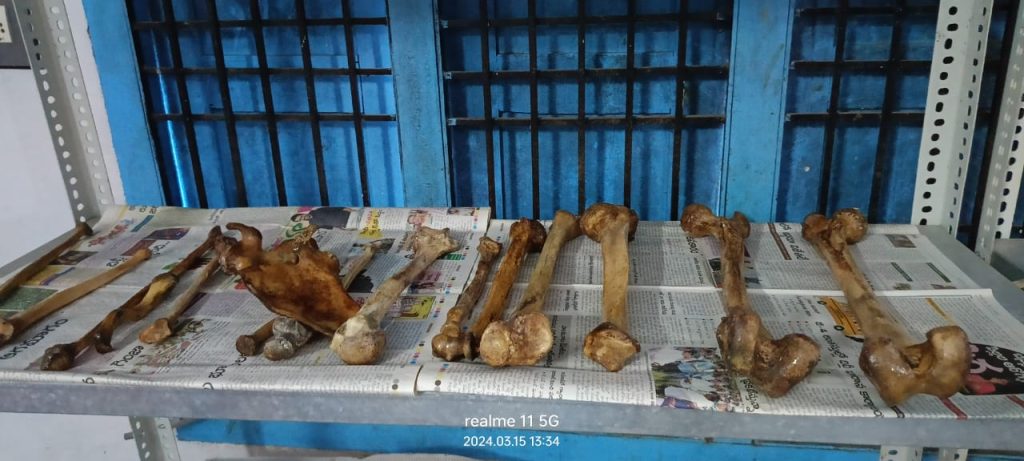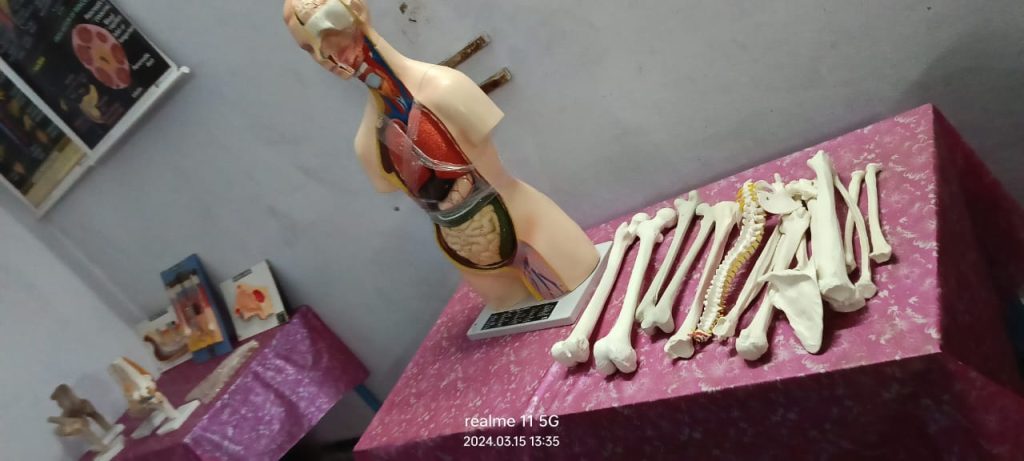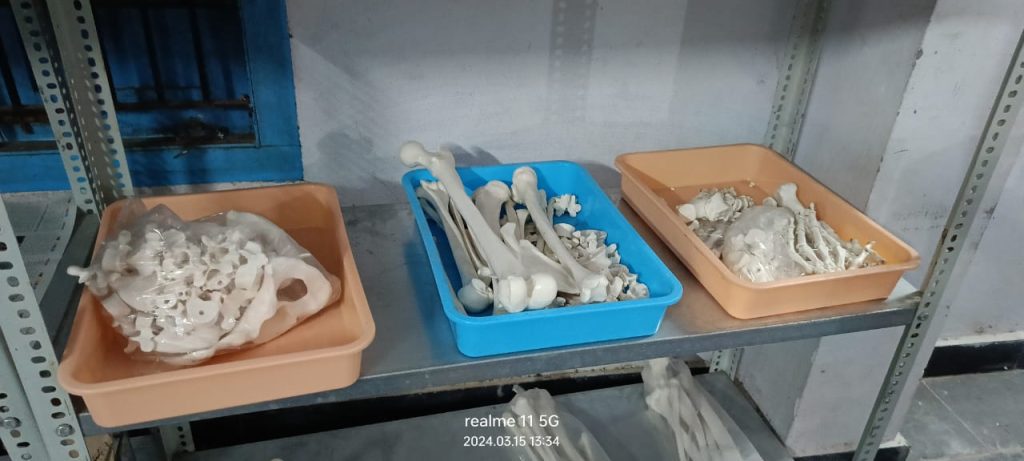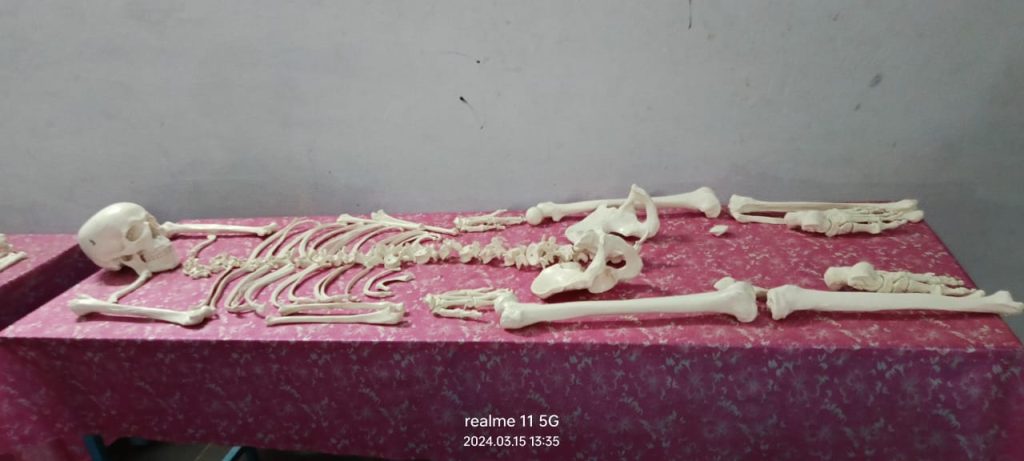




Key aspects of an anatomy lab:
Study of Human/Animal Anatomy:
Anatomy labs are dedicated to the study of the structures of the body, including organs, tissues, and systems.
Hands-on Learning:Students learn by directly observing and interacting with anatomical specimens, such as cadavers, anatomical models, or medical imaging.
Diverse Applications:Anatomy labs are essential for various fields, including medical, dental, nursing, and other health sciences programs.
Complement to Classroom Learning:Anatomy labs provide practical experience that enhances and reinforces the theoretical knowledge gained in anatomy courses.
Different Types of Labs:Anatomy labs can range from traditional dissection labs with cadavers to virtual anatomy labs with interactive software.
Research and Clinical Training:Anatomy labs also play a vital role in research and clinical training, allowing for the development and refinement of surgical techniques and anatomical knowledge.
Modern Anatomy Labs:Some modern anatomy labs incorporate advanced technologies like virtual reality, 3D imaging, and simulation tools to enhance the learning experience
